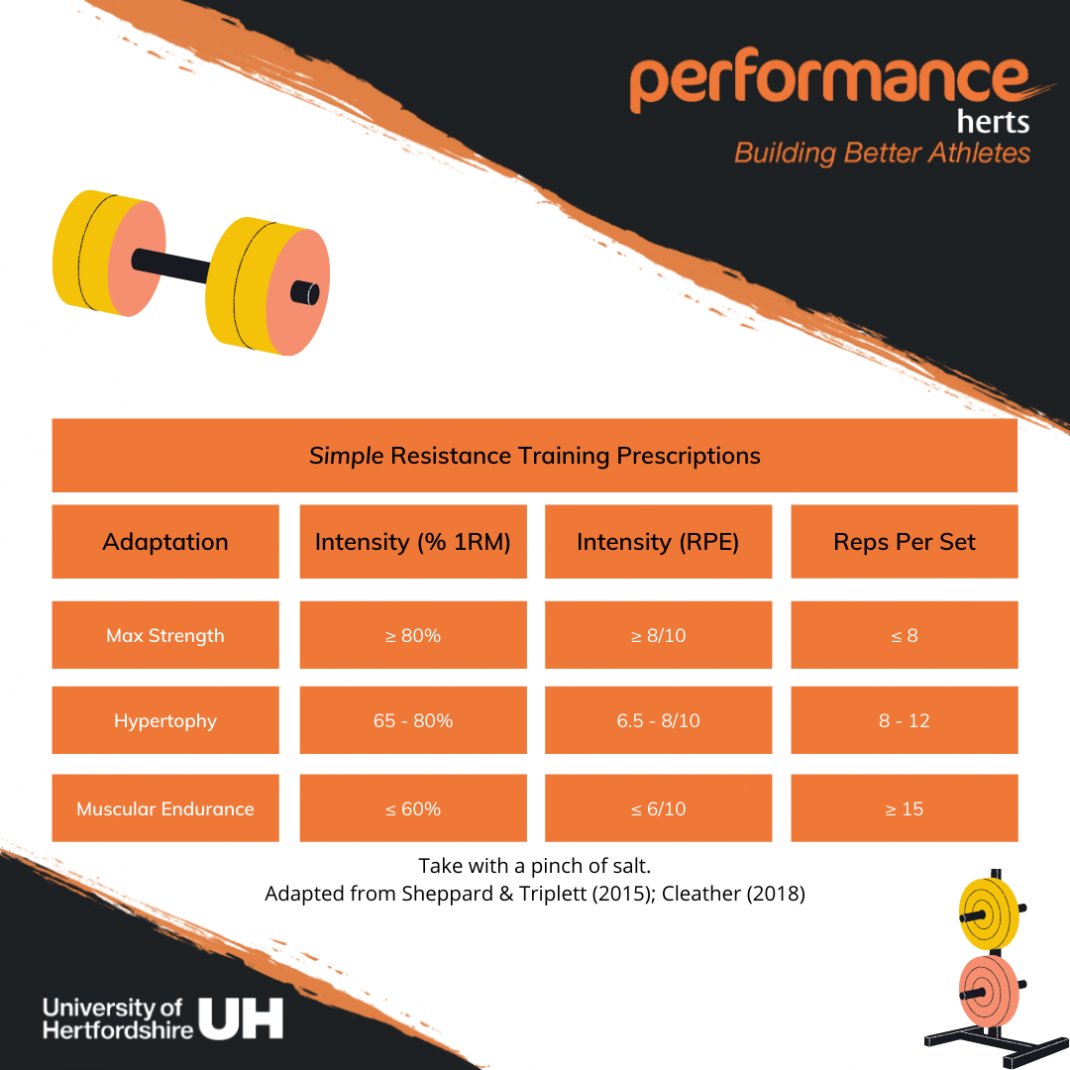While the information age has exponentially increased the information available to us, it has created a problem of abundance. How often have you searched for an answer to a training question only to be confronted with hundreds of differing ideas that leaves you more confused than when you started looking?
When we find ourselves in this predicament it can be useful to use some heuristics. Heuristics refer to methods for solving problems in a quick way that delivers a result that is sufficient enough to be useful given time constraints.
For this purpose we can use the provided table, adapted from Haff & Triplett (2016) and Cleather (2018) to give us a quick and simple guide to help ensure the main goal remains the main goal.
This table does not represent the 'be all end all' of resistance training prescription, and it's important to remember that there are many ways to skin a cat. This table scratches the surface of adaptations and methods to target them (there is no mention of power, rate of force development, impulse and many other qualities). It also doesn't cover subtleties like different types of exercises including unilateral vs bilateral, machine vs free weight, compound vs isolation etc.
However, what it does represent is a heuristic to help you target the adaptation you desire and get the job done. The next time you're looking for a certain target in your training you won't go too far wrong if you follow this table.
Happy training!
Charlie
Are you an athlete, coach or student looking to develop yourself for your clients or your own training?
Further reading from this article:
Cleather, D. (2018). The Little Black Book of Training Wisdom: How to Train to improve at any sport.
Haff, G. G., & Triplett, T. N. (2016). Essentials of Strength Training and Conditioning.

